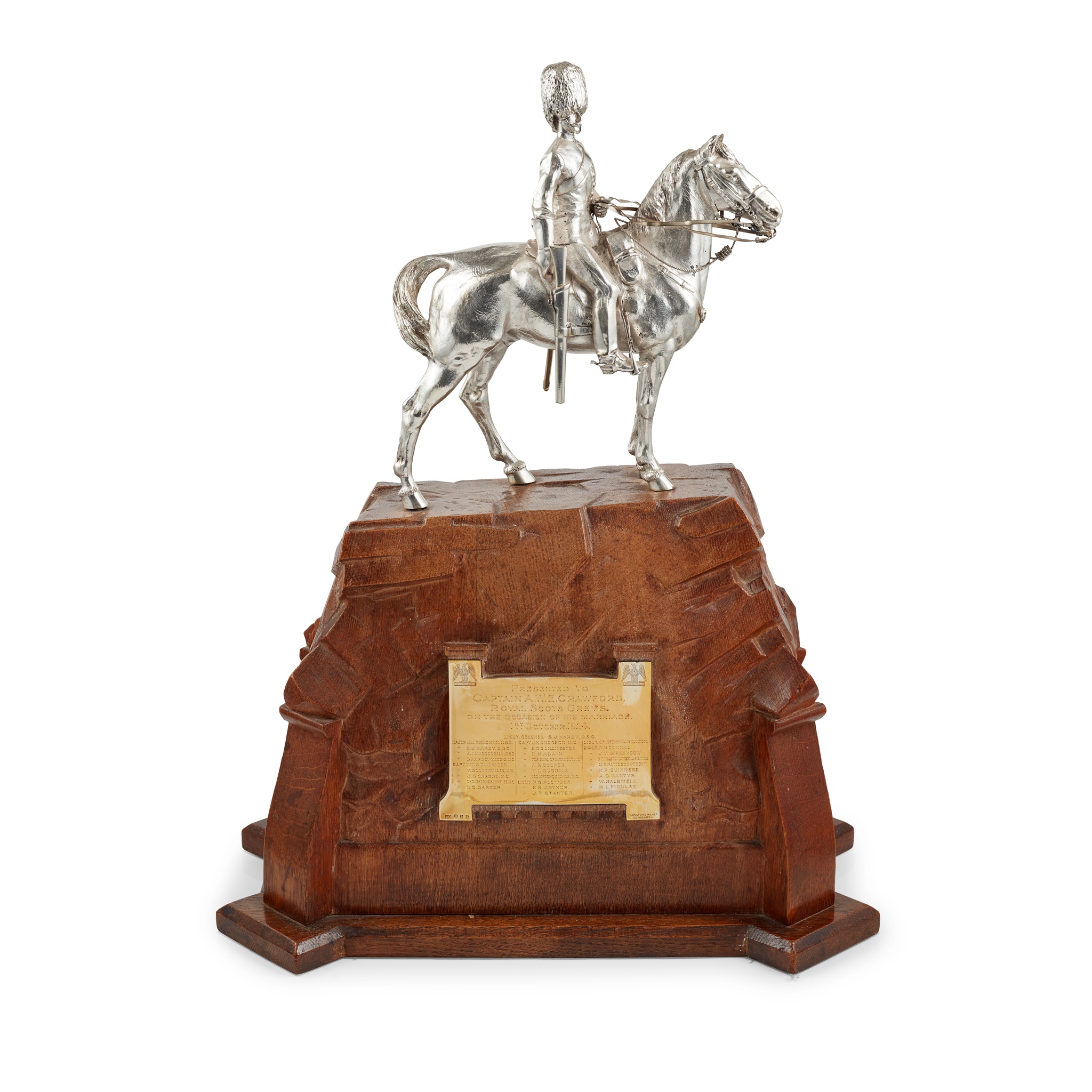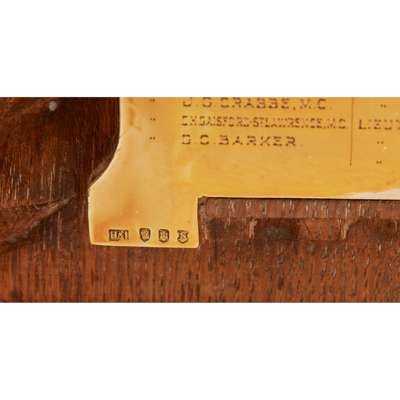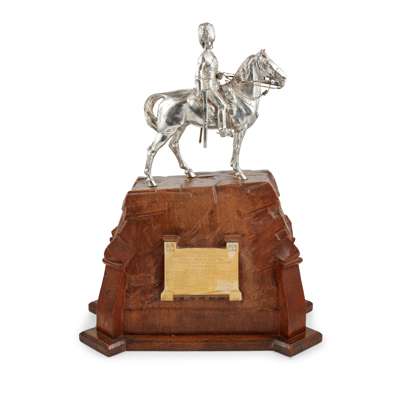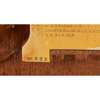
Lot 367

AN IMPRESSIVE 1920s ROYAL SCOT'S GREY PRESENTATION SCULPTURE
HAMILTON & INCHES, EDINBURGH 1923






Scottish Works of Art & Whisky
Auction: 16 August 2023 at 11:00 BST
Description
modelled as a Royal Scot's Grey trooper on horseback, modelled on the William Birnie Rhind sculpture, the silver-gilt plaque with presentation engraving 'Presented to Captain A.W.E. Crawford Royal Scot's Greys on the occasion of his marriage.. 1924' and names of contributors
Dimensions
61cm high
Provenance
Provenance: Captain Alastair Wardrop Euing Crawford (1896 - 1978), and thence by descent to the present vendor
Footnote
Note:
Captain (later Brigadier) Alastair Wardrop Euing Crawford (1896 - 1978) was an Officer of the Royal Scots Greys during WW1, reaching the rank of Major. During WWII he transferred to the Reconnaissance Corps where he reached the rank of Lieutenant Colonel. He was mentioned in despatches in 1945 and on retirement in 1946 was made Honorary Brigadier of the regiment. Born in Scotland, Crawford lived at Auchentroig House, Buchlyvie, Stirlingshire, and Archirondel, Gorey, Jersey. Following his service, he later held the offices of Justice of the Peace and also Deputy Lieutenant for Stirlingshire.
This sculpture was presented to Captain Crawford by the Royal Scots Greys on the occasion of his marriage to Helena Beatrice Dundas on the first of October 1924. Made by the renowned Edinburgh jewellers and silversmiths Hamilton & Inches, its cartouche details the members of the regiment at the time, then led by Lieutenant Colonel S J. Hardy. The sculpture reproduces the Monument by William Birnie Rhind, depicting Sergeant Major Anthony James Hinnigan from Jedburgh and his horse 'Polly', to the Royal Scot Greys found in Princess Street Gardens, Edinburgh. The monument was erected and unveiled by the Earl of Roseberry on the 16th November 1906, in commemoration of the fallen members of the Regiment during the Boer War. The equestrian statue, placed on a rock pedestal with inscription panels, represents a Royal Scots Grey trooper dressed in the uniform of the regiment when they were sent to South Africa in 1899.





